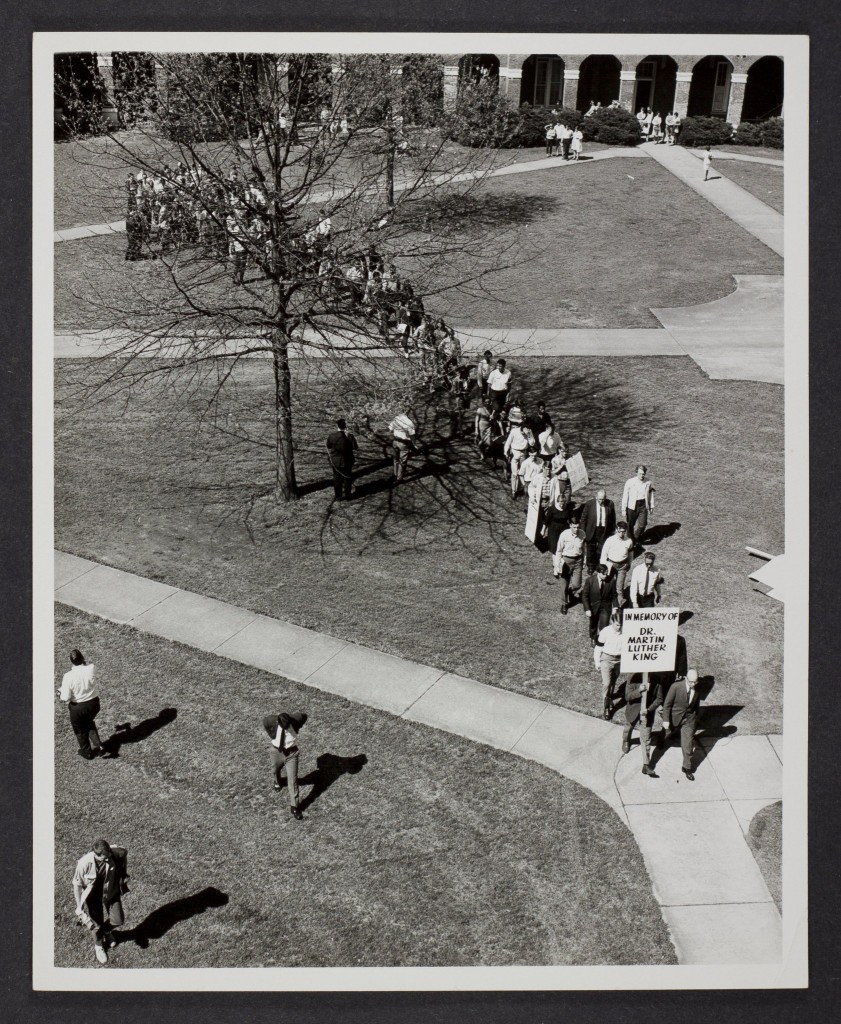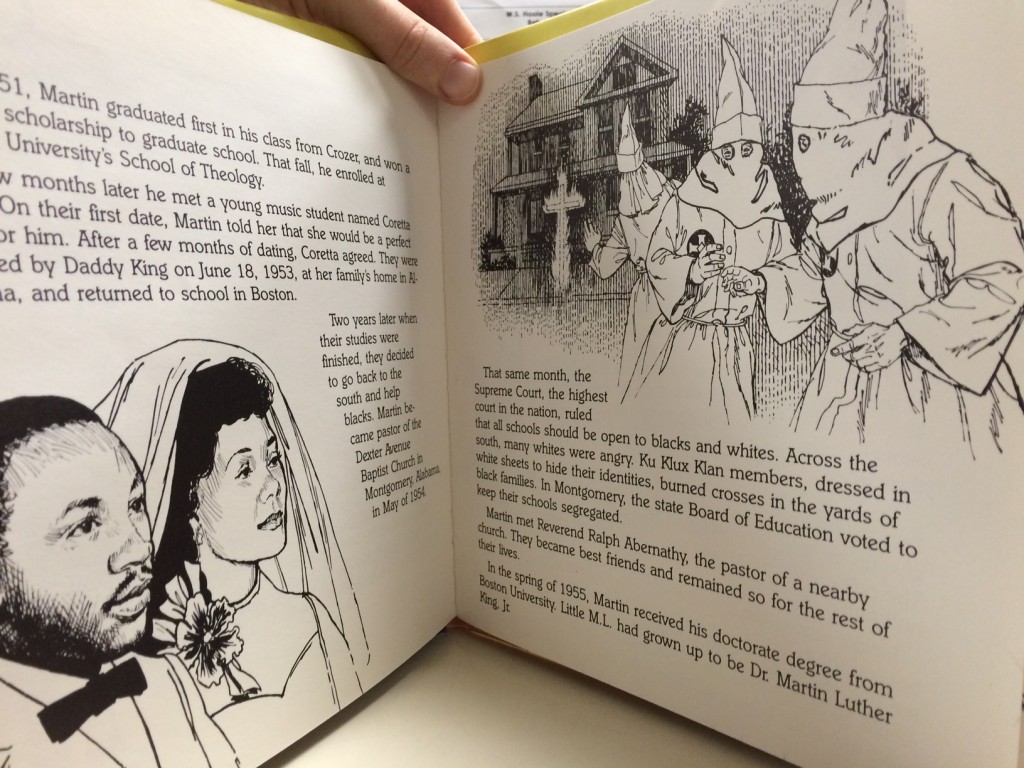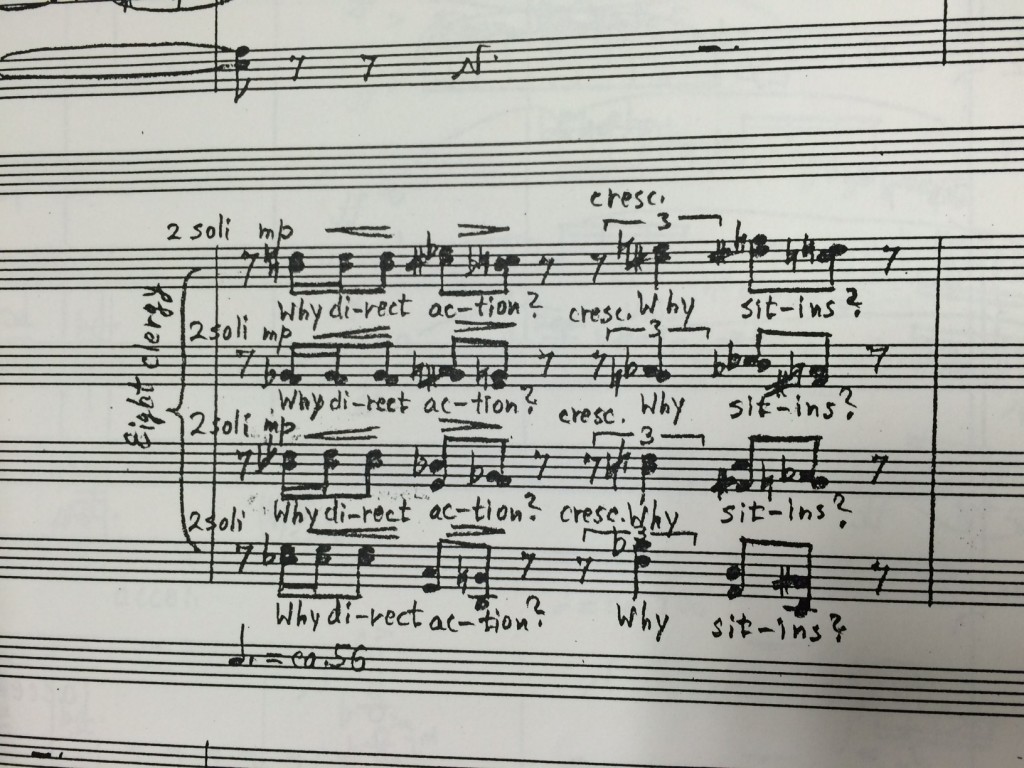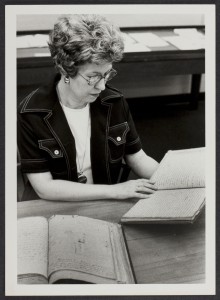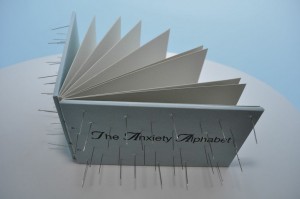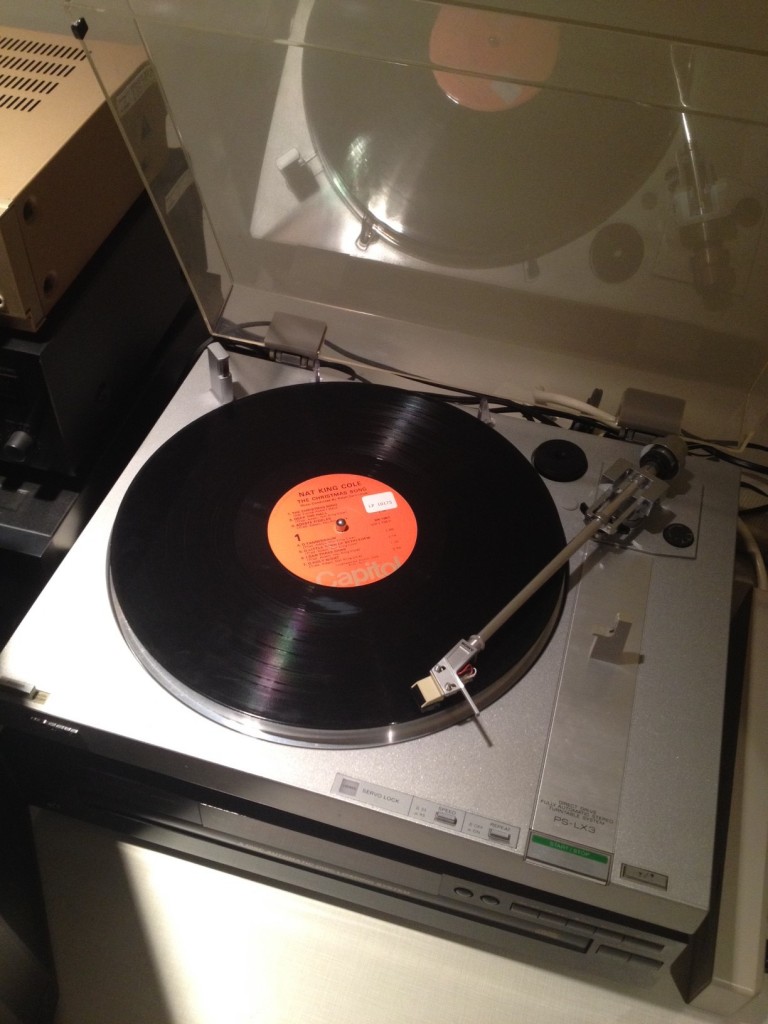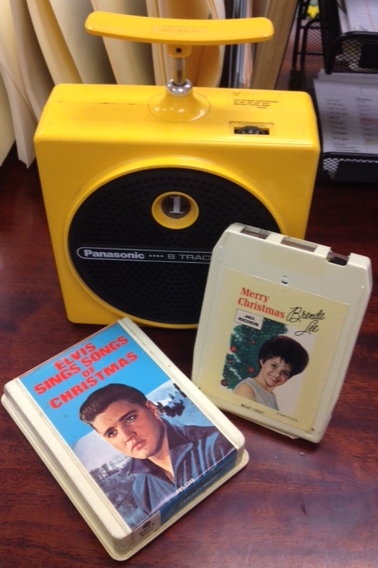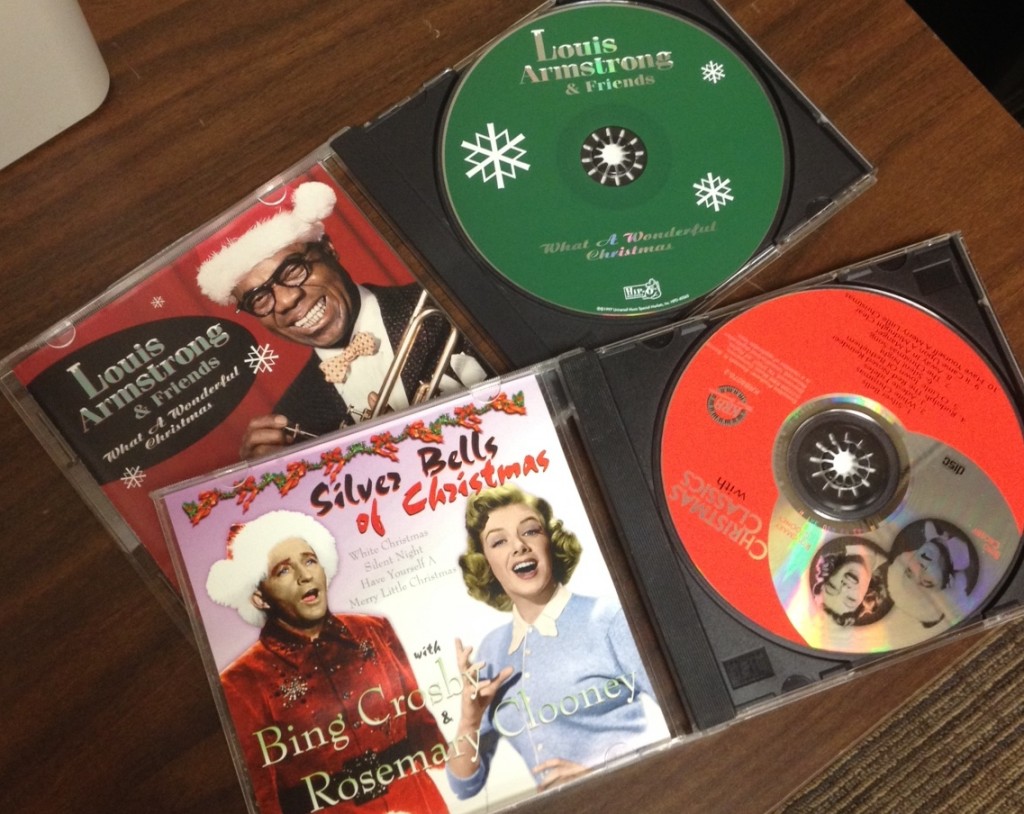By: Amy Chen, CLIR Postdoctoral Fellow

I’ll Teach You How, Wade Hall Sheet Music M1622.K46 I47 1908x
We’re one month into the spring semester, but requests are still coming in for sessions in the Division of Special Collections.
The information below is no longer accurate, so links to reference documents and other web content have been removed.
If you’d like to bring your class to special collections, contact Kate Matheny (kgmatheny@ua.edu). Similar information about the purpose of archives instruction can be found on the instructors page of the Hoole Library research guide.
—–
If you’d like to bring your class to special collections, please contact Amy Chen at ahchen [at] ua.edu.
Before you email, make sure to do the following:
1. Look over the following checklist to assess your instructional needs in greater detail. Or, view the slideshow Amy made on this topic on Slideshare.
2. Write down a few options for dates and times that will work for your class to visit. We host up to 50 sessions a semester, so more options allow us to fit our schedule to yours. We prefer at least a few weeks notice in order to prepare for your visit. Ideally, we’d hear from you prior to the start of the semester.
3. Fill out the Instruction-PullList-Template so Amy knows what you might like to have your students view. She’s willing to help guide you to collections that might fit your needs best, but it’s better if you look at and note the available options first. Click through Amy’s presentation introducing special collections and explaining how to find items at UA if you haven’t tried to find materials on your own before. (Hint: you can post this powerpoint to your class website/Blackboard to help prepare your students too!)
4. Suggest a few dates and times for a consultation with Amy to discuss your class. A consultation helps to ensure your visit goes according to plan and meets best practices in pedagogy. We will review your checklist and pull list at this time.
Need help? Feel free to ask Amy any questions you have regarding using primary sources in your email or during your consultation.
You may also want to check out the following resources:
- TeachArchives.org: This site is the best for teaching with special collections sources within an undergraduate curricula. It contains articles on primary source pedagogy and example assignments, many of which could be easily adapted to fit the resources available here at UA.
- Library of Congress: The Library of Congress has many resources to help teachers integrate primary sources into their classwork. For example, read “Using Primary Sources” or browse through their available Teacher’s Guides. You could practice by applying their guide to Sheet Music to ask questions about the cover featured on this blog post!
- Digital Public Library of America: DPLA does not have specific teaching resources, but it’s a great aggregation of digitized collections throughout the United States and their website offers apps to help visualize the contents of their collections.
- Prentice Hall: While aimed at high schoolers, this site steps you through the way primary sources can also be taught to undergraduate students. Key themes highlighted here are to select just a few items to discuss in depth and to match your items to the objectives of your class topic.
- Interacting with History: This book was published by the American Library Association and can be helpful to imagine how working with original materials can enliven the classroom and enrich your pedagogy. Find it under the call number: Gorgas E175.8.I57 2014.


